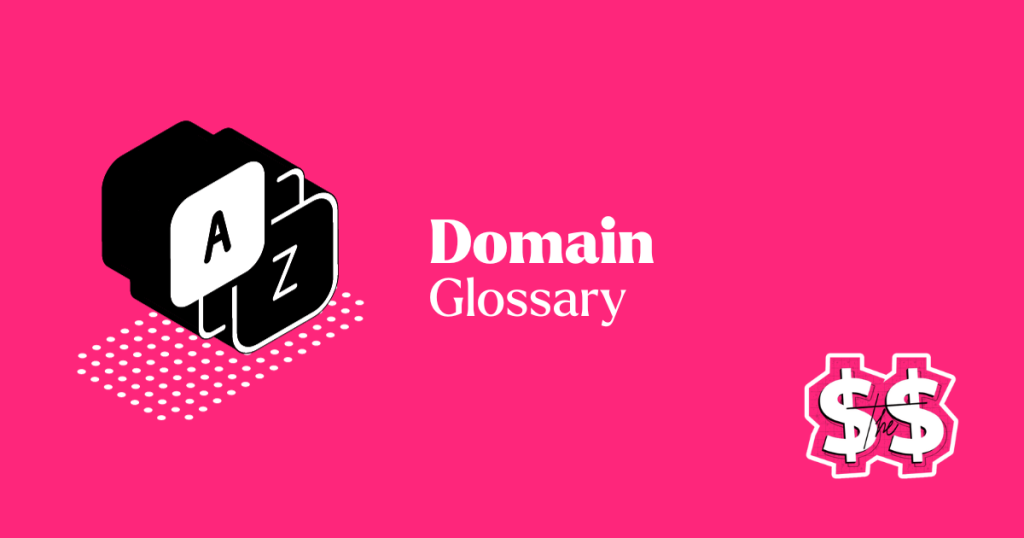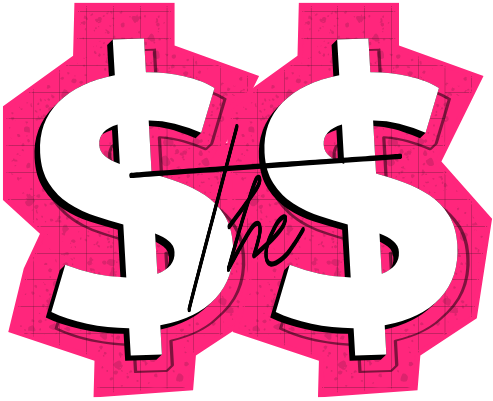A domain is a unique name that identifies a website on the internet. It is used in URLs to route users to specific websites and is typically owned and registered by a person, organization, or business.
- Domain Name: The unique address used to access a website on the internet.
- Top-Level Domain (TLD): The last part of a domain name, such as .com, .org, .net.
- Subdomain: A subset of a larger domain, used to organize and navigate to different sections of a website.
- Domain Registrar: A company that manages the reservation of domain names.
- WHOIS: A database containing information about domain name registrations.
- DNS (Domain Name System): The system that translates human-readable domain names into IP addresses.
- ICANN (Internet Corporation for Assigned Names and Numbers): The organization responsible for coordinating the global internet’s systems of unique identifiers.
- Brandable Domain: A domain name that is unique, memorable, and suitable for building a brand.
- Keyword Domain: A domain that includes relevant keywords to the website’s content or purpose.
- Exact Match Domain (EMD): A domain name that exactly matches the primary keyword a website wants to rank for.
- Premium Domain: A domain name that is considered more valuable and may have a higher price tag.
- Expired Domain: A domain that was not renewed by its owner and is available for registration by someone else. (fer.: expired domains glossary)
- Domain Auction: A platform where individuals can bid on and purchase domain names.
- Domain Privacy: A service to hide the personal information of a domain owner from the public WHOIS database.
- Domain Forwarding: Redirecting one domain to another.
- Domain Mapping: Associating a domain with a specific IP address or another domain.
- Domain Squatting: Registering a domain with the intent of profiting from the goodwill of someone else’s trademark.
- Domain Appraisal: The process of estimating the value of a domain name, often done by professionals.
- Registrar Lock: A security feature that prevents unauthorized domain transfers.
- Renewal Grace Period: The time after a domain has expired but can still be renewed without extra fees.
- Domain Extension: The part of a domain name that comes after the last dot, indicating its type or purpose.
- Geotargeting: Specifying the target geographic location for a website, relevant for local businesses.
- Trademark: Legal protection for symbols, names, and slogans used to identify goods or services.
- URL (Uniform Resource Locator): The full web address including the protocol (http/https), domain, and path.
- Domain Broker: A professional who assists in buying or selling domain names.
- Domain Transfer: Moving a domain from one registrar to another.
- Cybersquatting: Registering or using a domain with the intent to profit from the reputation of someone else’s brand.
- Domain Hacks: Creative use of a domain extension to spell a word or phrase.
- Reverse Domain Hijacking: Attempting to take control of a domain in bad faith.
- Domain Name System Security Extensions (DNSSEC): A suite of extensions to DNS to add an additional layer of security.

Domains are used to identify and locate websites on the internet, making it easier for users to access specific websites. They are organized hierarchically, with the top-level domains (TLDs), such as .com, .org, and .net, representing the highest level in the domain name system. Domains can also be used for email addresses, with the part after the @ symbol being the domain name. Domain names are registered and managed by domain registrars, and they usually require an annual fee for ownership and use.
